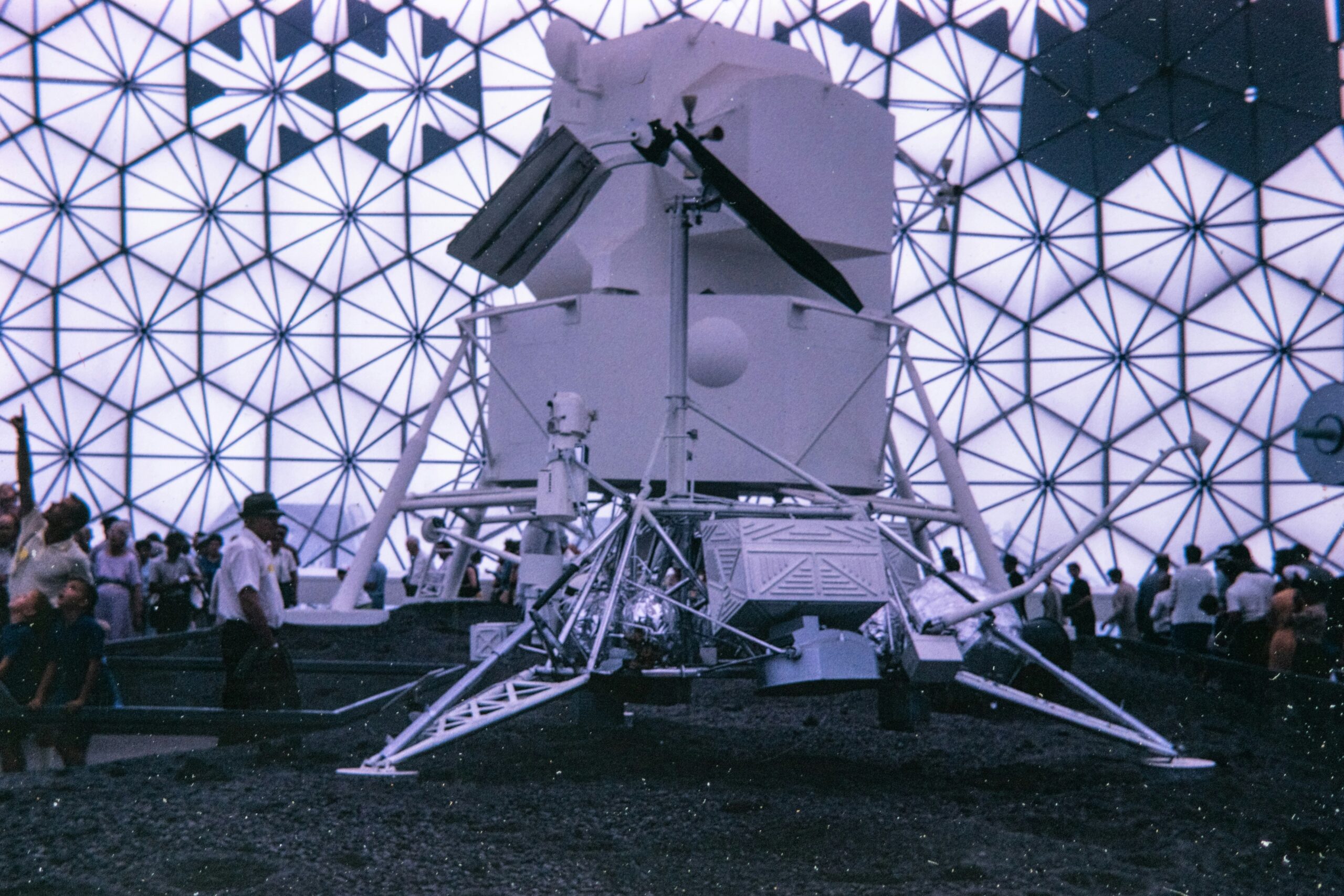The Current State of Mars Exploration
The exploration of Mars has advanced significantly over the past few decades, propelled by a variety of groundbreaking missions and innovative technologies. One of the most notable contemporary missions is NASA’s Perseverance rover, which landed on the Martian surface in February 2021 as part of the Mars 2020 mission. This rover is equipped with advanced scientific instruments designed to search for signs of ancient microbial life and collect soil samples for potential return to Earth. The discoveries made thus far, including intriguing geological formations and evidence of past water activity, are fundamental to understanding the planet’s history and habitability.
Another key element in current Mars exploration pertains to the collaboration between various space agencies and organizations worldwide. The European Space Agency (ESA), in partnership with NASA, has contributed to several successful missions, sharing data and resources to optimize exploration efforts. In addition, private companies like SpaceX are promising to redefine how missions to Mars are conducted. SpaceX’s ambitions for interplanetary travel, particularly through its Starship program, underline the growing role of commercial entities in the domain of space exploration.
Notably, the lessons learned from previous missions, such as the Mars rovers Spirit and Opportunity, have been instrumental in shaping today’s exploration strategies. For instance, the importance of robust communication systems and sustainable technological platforms have been emphasized as essential components for future missions. These prior missions demonstrated both the challenges and rewards of Martian exploration, instilling a sense of resilience and adaptability into ongoing and future endeavors. As we look forward to the next stages of exploration, the ongoing advancements in robotics, artificial intelligence, and materials science will continue to enhance our ability to explore the Red Planet.
Emerging Technologies for Mars Missions
The exploration of Mars has long captivated humanity’s imagination, and recent advancements in technology are paving the way for unprecedented missions to the Red Planet. Among these groundbreaking innovations, propulsion systems are at the forefront. Traditional chemical rockets possess limitations regarding efficiency and travel time. However, emerging technologies such as ion propulsion and nuclear thermal propulsion present new possibilities. Ion propulsion uses electrical energy to accelerate ions, allowing spacecraft to achieve higher speeds over extended durations, thus significantly reducing the time required for a journey to Mars. In contrast, nuclear thermal propulsion utilizes a nuclear reactor to heat a propellant, providing a robust thrust-to-weight ratio that can facilitate rapid transit across the vast distances of space.
Moreover, the incorporation of robotics and artificial intelligence (AI) is revolutionizing the capabilities of rovers and habitats on Mars. Autonomous rovers equipped with advanced sensors and AI algorithms can navigate the Martian terrain with greater efficiency, conducting scientific experiments and analyzing geological formations without human intervention. Furthermore, AI systems can process data and assist mission control in decision-making, ensuring that explorations are conducted safely and effectively.
In addition to propulsion and robotic systems, material science is experiencing remarkable innovations that are critical for sustainable Mars habitats. Developing new materials and construction methods is essential to create living environments that can withstand the harsh conditions of Mars. One focus area is in-situ resource utilization (ISRU), which leverages local Martian resources for construction. By utilizing materials readily available on Mars, astronauts can establish self-sustaining habitats that reduce dependence on supplies from Earth, paving the way for long-term human presence. Together, these emerging technologies represent a significant leap forward in our capabilities for Mars exploration and potentially, colonization.
The Role of Private Companies in Mars Exploration
The advent of private companies in space exploration has marked a significant shift in the landscape of interplanetary missions, particularly regarding human endeavors to Mars. Companies such as SpaceX and Blue Origin are at the forefront of this transformation, leveraging innovative technologies and ambitious projects that challenge the conventional limitations imposed by traditional government space agencies.
One of the most notable projects is SpaceX’s Starship, designed to facilitate crewed missions to Mars and beyond. Starship aims to revolutionize space travel by enabling rapid reusability, which could drastically reduce costs associated with launching payloads into space. This focus on cost-effectiveness and efficiency highlights how private entities are developing solutions that were once thought to be the sole domain of national space programs. Similarly, Blue Origin’s initiatives, such as the New Shepard spacecraft, aim to expand access to suborbital space and contribute to the foundation of future Mars missions through experience and technology accumulation.
The collaboration between government agencies, like NASA, and private firms is emerging as a necessity to address the complexities of Mars exploration. This partnership facilitates the sharing of resources, technological know-how, and research capabilities. By pooling these assets, both parties can work towards the common objective of reaching and establishing human presence on Mars. Collaborative projects, such as NASA’s Commercial Crew Program, have demonstrated how effectively private companies can contribute to national objectives, ensuring that exploration efforts are both ambitious and achievable.
As private companies continue to enter the realm of space exploration, their roles are likely to expand and evolve. With a consistent focus on innovation and efficiency, these enterprise-driven initiatives are not only paving the way for future crewed missions to Mars but also fundamentally reshaping our understanding and engagement with the cosmos.
Preparing for Human Missions to Mars
As humanity embarks on the ambitious journey to Mars, preparing for human missions is of paramount importance. The challenges inherent in long-duration space travel are manifold, with psychological effects on astronauts being a critical area of concern. Extended isolation and confinement in a spacecraft can lead to mental health issues such as anxiety, depression, and interpersonal conflicts. To mitigate these risks, researchers are investigating psychological resilience strategies, incorporating team-building exercises and psychological support systems that will help maintain astronauts’ overall well-being during their missions.
Another major consideration is the development of robust life support systems. These systems are essential for providing astronauts with the necessary resources, including oxygen, water, and food. Innovations in recycling processes and sustainable food production methods are crucial for developing self-sufficient ecosystems. Experiments conducted in controlled environments on Earth will play an essential role in understanding how to create a sustainable living environment for crews on Mars.
Testing human health in microgravity environments is also integral to preparing for Martian missions. Ongoing research aims to monitor physiological changes caused by prolonged exposure to microgravity, which can affect bone density, muscle mass, and cardiovascular health. By closely studying these effects, scientists can devise countermeasures, such as customized exercise regimens and nutritional plans, to ensure astronaut health remains optimized throughout their journey.
Mission simulations conducted on Earth are critical for preparing for the complexities of a Mars expedition. These simulations offer insights into various operational scenarios, allowing astronauts and mission control personnel to develop problem-solving skills in a controlled environment. Furthermore, international cooperation and support from the scientific community are vital. Collaborative efforts can pool resources, knowledge, and technology, fostering a unified approach toward achieving the goal of human missions to Mars. Ultimately, public interest in space exploration will play a significant role in securing the necessary funding and support to turn this vision into reality.


